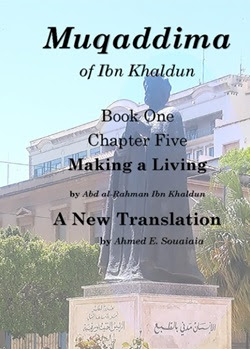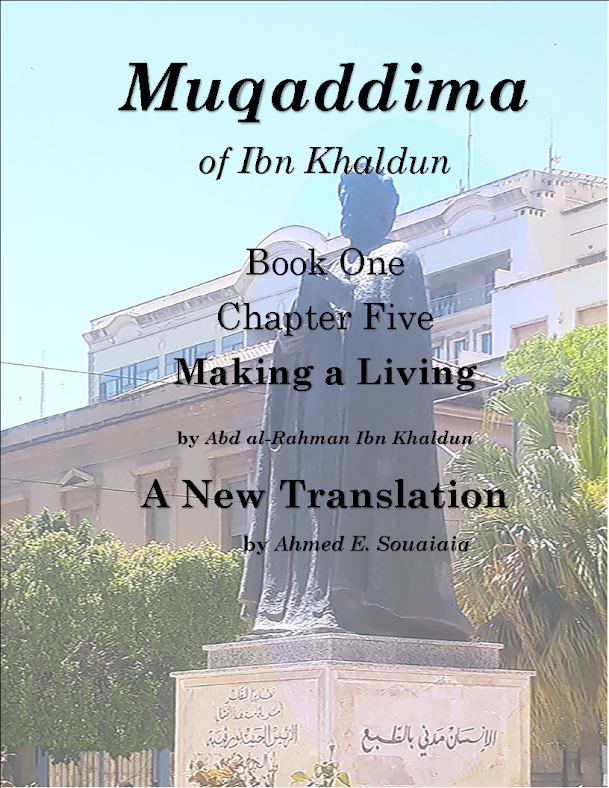Although far from traditional homeland of Islam, here too, the Mosque stand witness to the recklessness and cruelty of war. A tank that appears to belong to the armed forces of Ukraine is stationed near what is left of a damaged mosque and firing.
There are many reasons why Ukrainian leaders are choosing to make a stand in the city of Bakhmut and not retreat. Perhaps one of the reasons is how they can use homes of civilians and their mosques and ch
urches as shield while they battle with the Russians. They want these cities and towns destroyed if they cannot be preserved under their control. That is criminal intent.
Urban warfare is not a neutral category. Urban warfare, when it is done intentionally, when an army or an armed group decides to engage in war activities from near mosques, hospitals, and other civilian structures, they are committing a war crime.
When the US invaded Iraq in 2003, the Iraqi army collapsed very quickly. For civilians, especially those in large cities such as Baghdad, that was a good thing. The collapse of the Iraqi military spared large cities from complete destruction.

But not all Iraqi cities avoided urban warfare. The fate of Fallujah comes to mind. Since the invasion, the city of Fallujah did not actually fall under the total control of the coalition forces. In fact, a year after the invasion, US troops tried to flush out pockets of armed rebels who took the city, especially the old city with its narrow walkways and dense neighborhoods as shield. From April 1 to May 1, 2004, US troops fought running battles with the armed groups. Knowing the cost of urban warfare is high for all sides, US troops decided to leave the city alone. That was the end of the First Battle of Fallujah. That retreat encouraged fighters from inside Iraq and outside Iraq, mostly fighters affiliated with al-Qaeda, to settle in Fallujah and use it as a base for their attacks. That brought back the coalition forces, this time, they were determined to liberate the city even if that meant its full destruction.
 From the first week of November to right before Christmas Eve of 2004, American, Iraqi, and British troops battled with armed groups in the city in what was officially called Operation al-Fajr, popularly known and the Second Battle of Fallujah. In the end, 710 coalition forces were killed or wounded and more than 3,000 rebels were killed or captured. But we may never know how many civilians, out of the more than quarter million residents of the city were killed or injured. That number was estimated to be in the thousands, to add to the estimate total number of 650,000 civilians who were killed in Iran during the invasion. As if two battles were not enough, when ISIL took over large territories in Syrian and Iraq, Fallujah falls back into urban violence once more.
From the first week of November to right before Christmas Eve of 2004, American, Iraqi, and British troops battled with armed groups in the city in what was officially called Operation al-Fajr, popularly known and the Second Battle of Fallujah. In the end, 710 coalition forces were killed or wounded and more than 3,000 rebels were killed or captured. But we may never know how many civilians, out of the more than quarter million residents of the city were killed or injured. That number was estimated to be in the thousands, to add to the estimate total number of 650,000 civilians who were killed in Iran during the invasion. As if two battles were not enough, when ISIL took over large territories in Syrian and Iraq, Fallujah falls back into urban violence once more.If images of city buildings were an indication of the level of destruction urban warfare can bring, the images of the destroyed homes and mosques tell a story of unlivable devastation—the City of Mosques was reduced to a City of Ruin.
The same applies to the urban warfare that took place in Syrian and is now taking place in Ukraine.









































No comments:
Write comments